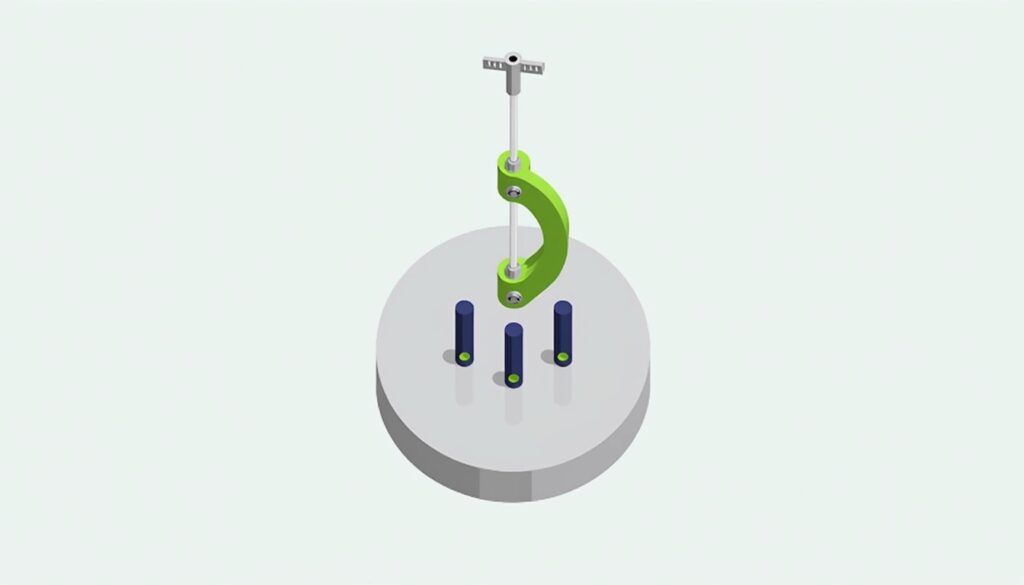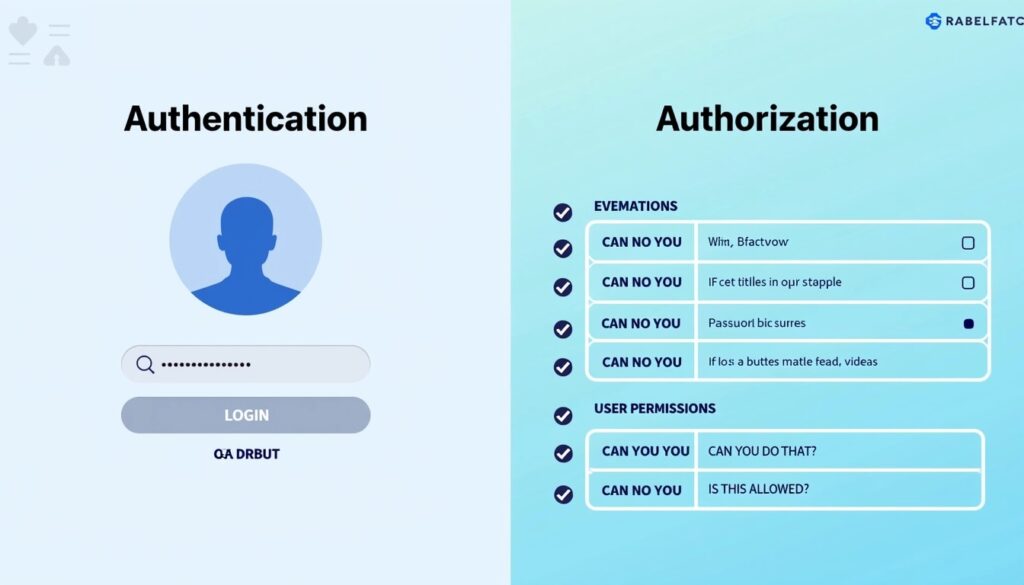Introduction
The Forced Authorization Code (FAC), is a critical tool in the protection of the telecommunications system. Their main function is to offer a level of security which guarantees that only approved operators are allowed to give or receive specific kinds of calls or service. Simple enough: To avoid unauthorized access and minimize the risk of losing money due to fraud.
Significance of in Telecommunication Security
In this day and age of sophisticated cyber threats, utilizing Forced Authorization Code (FAC) is indispensable. They serve not just as a deterrent for potential breaches but also to ensure adherence to industry regulations. When properly implemented, it can improve overall telecom security systems that protect sensitive information and protect the integrity of company communications.
How Forced Authorization Codes Work
Basic Mechanism
Forced Authorization Code (FAC) work on simple yet powerful mechanisms. The code is unique and sent to the user every time the user has to make a call or use a service that requires verification. It is required to input this code before, so it can guarantee access to those who know the code away from the rest of the world and its forbidden services.
Example A: Corporate Scenario with High International Calls FACs allow the company to specify who can access these expensive calls.

Advantages of Using Forced Authorization Codes
Enhanced Security Measures
The key benefit is, of course, strengthening the overall security posture. Such access restrictions, predicated on codes to which outside organizations are not privy, can also guard against theft, helping to minimize fraudulent account activity while maintaining a full audit trail of all telecommunications usage.
Management and Supervision of Call Activities
One more significant benefit is call activity control and monitoring. Administration can know who is making calls, to whom, and how often, enabling better management of the communication resources and adherence to internal policies.
Cost Management
Forced Authorization Codes List help with direct cost management too. By restricting international calling to certain users, organizations can avoid costly abuse. This control will assist not only with budgeting but also avoid frivolous telecom expenses.
Setting Up Forced Authorization Codes
Step-by-Step Process
Establishing Forced Authorization Codes cisco requires a detailed approach:
- Identify Users: Determine which employees or departments require access to restricted service.
- Create Unique Codes: Assign unique FACs to each authorized user to maintain accountability.
- Configure Telecom Systems: Adjust settings in the telecommunications system to recognize and enforce FAC usage.
- Educate Users: Provide training for employees on how and when to use their codes effectively.
- Monitor Usage: Regularly review call logs to ensure compliance and identify any anomalies.
Common Issues and How to Solve Them
Issue: Forgotten Codes
Even with good intentions, users may forget their authorization codes from time to time. To address this challenge:
Solution: Recovery Processes
Make the recovery process simple (e.g., a secure internal portal where users can reset their codes) to avoid too much downtime but reinforce the fact that the process is extremely important and accountable.
Issue: Unauthorized Access
But the threat of unauthorized access still applies even with FACs implemented.
Solution: Security Protocols
Management of access privileges should be governed by stringent security policies and procedures, regular audits, and the use of MFA to provide additional safeguards against breaches.
Forced Authorization Codes
Technological Advancements
The future of Forced Authorization Codes: Exploring the Potential for Innovation and Change As we move into an era of artificial intelligence and machine learning, we should expect a more intelligent and automated approach toward code and access management.
Trends in Security
With the growing frequency of data breaches, so too will the focus on security measures, including Forced Authorization Codes. In fact, organizations will look to innovative solutions that bridge FACs with other security protocols, driving increased resilience in telecommunications security.

FAQS
What is a forced authorization?
Forced authorization transaction for a declined transaction with an authorization code by the bank manually.
What are fac codes?
Failure Authorization Codes for declined transactions.
What is an authorization code?
An identification code issued by a bank that formalizes the permission to process a transaction.
How do I find my bank authorization code?
Check receipt, online banking or call banks.
How to find a 6 digit authorization code?
6-digit number (usually printed on receipt, description, or from bank support).

